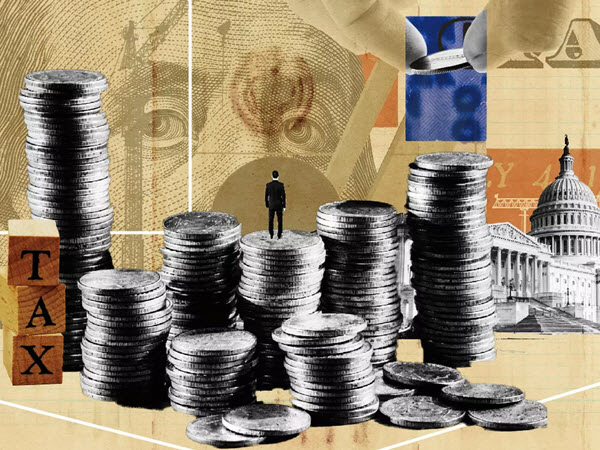
As Forbes contributor Frank Holmes points out, two weeks ago, the greenback hit its highest level in about a year. It beat a basket of other currencies in doing so, and once again showed strength against expectations. But was it a show of strength on the U.S. dollar’s part, or a show of weakness on the part of foreign currencies?
We’ve mentioned in the past that gold has been hitting all-time highs in currencies around the world heading up to 2019. Only when it comes to the greenback has its rise been slow, last year notwithstanding. And sure enough, checking the gold market’s price action in dollar denominations shows a familiar correlation: dollar up, gold down.
Dollar’s effect on gold’s price
Yet simple logic demonstrates that gold has little to worry about regarding dollar strength. With trillions of U.S. dollars printed last year, it’s questionable where that strength is coming from and how long it can persist.
Interestingly, despite the dollar’s relative strength recently, oil’s price has skyrocketed over the last few months. Americans notice at the gas pump when filling their tanks. However, oil price has much more far-reaching consequences than an extra $20 spent at the convenience store. Higher oil prices mean higher transportation prices, driving up costs of everything from fresh foods to imported manufactured goods.
Which leads us directly into the highest inflation in the last 30 years…
The Fed is losing control of inflation
The Federal Reserve has done nothing but downplay the threat of inflation so far. The PCE index, which monitors the prices of goods and services purchased by U.S. consumers, rose by 4.3% year-on-year in August. It was the ninth straight month of massively surging inflation, and the highest figure in the last 30 years.
It just so happens that the PCE index is the Fed’s preferred measure of inflation, which might explain why Fed Chair Jerome Powell voiced expectations of ongoing market disruptions, which are intrinsically tied to inflation, well into next year. Quite a statement for someone promising to embark on a major tightening program next month.
As just one example of the kind of damage that inflation is doing, home prices, as measured by the S&P CoreLogic Case-Shiller National Home Price Index, rose 19.7% in the year ended July 2021. Hearing that it’s the highest annual rise since 1987 is troubling. Learning that the index started in 1987 really puts this number into perspective.
The dollar’s role in determining gold’s price
One of the key points of Trump’s presidential tenure was an ongoing back-and-forth with the Federal Reserve over various things, with the greenback being near the top of the list. President Trump wanted a weaker dollar for trade purposes, often saying that China’s devaluation of the yuan is continuing to give the nation a trade advantage.
Holmes notes that while a strong dollar might sound good on paper, it’s actually harming U.S. exporters, and it’s doing so during a time when no nation can afford to have economic weakness.
How this plays out remains to be seen. And while we wait for gold to truly respond to any of these tailwinds, it’s good to remind ourselves just how liquid of an asset gold is during a time when cryptocurrencies are taking their place on the global market.
While Holmes often tells people that gold is the fourth most liquid asset, the latest World Gold Council data shows that it’s actually the second, coming only behind S&P 500 stocks. Its daily trading volume beats all commodities, government and corporate debt and even currency swaps. Even amid bouts of tepid price action, the gold market itself is as action-packed as they come.

Leave a Reply